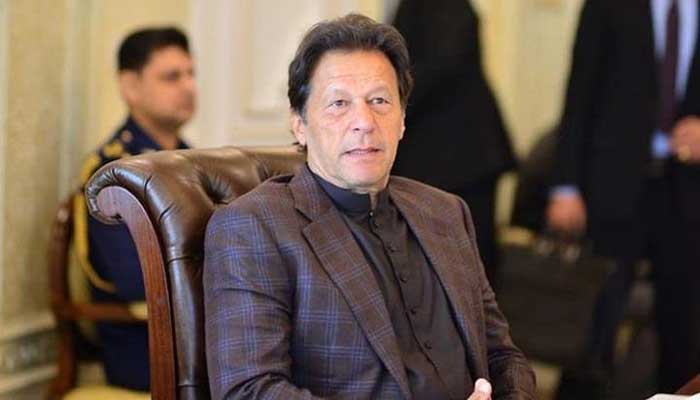By: Sibtain Mir
For a peaceful and prosperous society, a good education system is imperative. Without education, sustainable economic development is out of the question. Unfortunately, the prevalent education system of Pakistan is facing multiple challenges on many fronts. The divisive nature of education, the out-of-school children, obsolete techniques of education, and the meager allocation of budget for the education sectors are ghastly disrupting the system of education. Our schools, colleges, and universities are failing to produce critical minds due to the archaic way of teaching methodology and technology. The system, because of desynchronization with the market demands, is unable to produce skillful graduates that resultantly aggrandize the percentage of unemployment. Therefore, all these problems demand massive attention from the government in the form of an adequate budget and resources. The Government must try to wipe out the diverse nature of education that is ramping up the class system in Pakistan. Moreover, the availability of modern technology for strengthening the research department is the need of the hour. Besides this, vocational training is also important. For doing all these things successfully, holistic and out-of-the-box steps are required.
First, the divisive nature of the system is the biggest stumbling block in the way of educational development. Three different types _ the elite, public, and Madrassahs_ are producing different categories of students. The middle and low middle class prefer to enroll their children in public and non-public sectors. On the other hand, the private schools (elite sector) exclusively serve the rich segment of society. Contrary to both; the private and public sectors, the seminaries(Madrassahs) are there to provide education to poor segments of society. Consequently, three different categories of students come to market. For example, the students of seminaries are only restricted to ecclesiastical spheres as their education does not commensurate with the terms and conditions of the market. Resultantly, it breeds a sense of despondency among the masses that paves the way for extremism and terrorism. Recently, the incumbent government has taken an initiative _ the single national curriculum_ that is favored by some groups and faced criticism by some critics as well.
Second, the egregious problem of out-of-school children is being continually faced with the cold shoulder by the successor governments. Under article 25 of the constitution, it is an obligation and the duty of the government to provide education to children aged 5 to 16 years. The statistics of Pakistan’s social and living measure standards show that 32 percent between the ages 5 to 16 years are out of school, which is a horrendous figure. Therefore, it is a matter of grave concern.
Moreover, the obsolete techniques of teaching and education are not competing with the modern world. This is the result of outdated technology and sub-standard syllabus that have failed to produce critical minds in the market. The cramming methodology is under-focused rather than conceptual techniques. And, it is very crystal clear from the annual reports of Fpsc that conducts competitive exams(CSS) every year. The passing ratio in CSS is only 2 percent. For example, the candidates who appeared in CSS 2021 were 17,240 and 364 could pass. The report said that candidates failed because of falling educational standards, inapt presentation, and lack of analytical ability.
Additionally, the meager budgetary allocation is the root cause of all problems. When you don’t have enough budget, how will you strengthen your research? Without appropriate financial fulfillment, you can’t acquire modern equipment regarding research. Unfortunately, Pakistan has allocated only 2%of its budget for the education sector. In the fiscal budget 2021-2022, the share of education affairs and services is only 91.970billion, which is only one percent of the total expenditures, whereas the Higher commission (HEC) budget is Rs 42.4 billion. Under this inadequate budget, it will be not all beer and skittles to strengthen your education sector. For example, countries like China, the US, and Japan invest a huge chunk of their budget in the education sector. The statistics released by the ministry of education China (2020) showed that China spent more than 5.3 trillion Yuan(around 817 billion U.S. dollars). Similarly, the US, according to data from the National Center for Educational Statistics (2017), spent $700 billion on public education. Likewise, Japan has allocated 5.4 trillion yen for education in 2021. Therefore, the socio-politico-economic situation of these is progressing day after day. Pakistan must allocate a pertinent budget on education to ensure socio-economic prosperity.
Cutting long into short, dire attention to the education sector is required. The government must allocate it’s enough budget for this sector. Besides this, technical education and Information technology(IT) must be under-considered if we want to compete in the world. Moreover, vocational training, women’s education, and child enrolment are the issues for which pragmatic policies have to be drafted. Otherwise, without educational development; no country can flourish. And I will not forget quoting Benjamin Franklin here who said “An investment in knowledge pays the best interest”.
Therefore, people who are at the helm of affairs must pay attention to education if they are conscious of the country’s interests.
The writer is a freelance columnist. He can be reached at [email protected]







